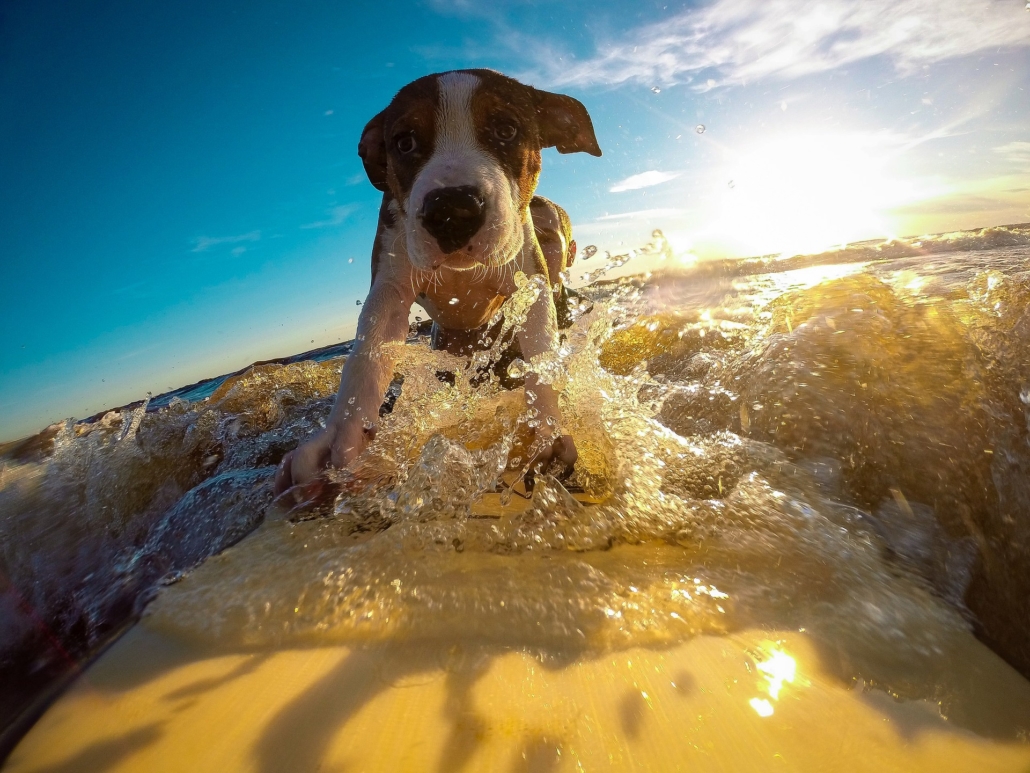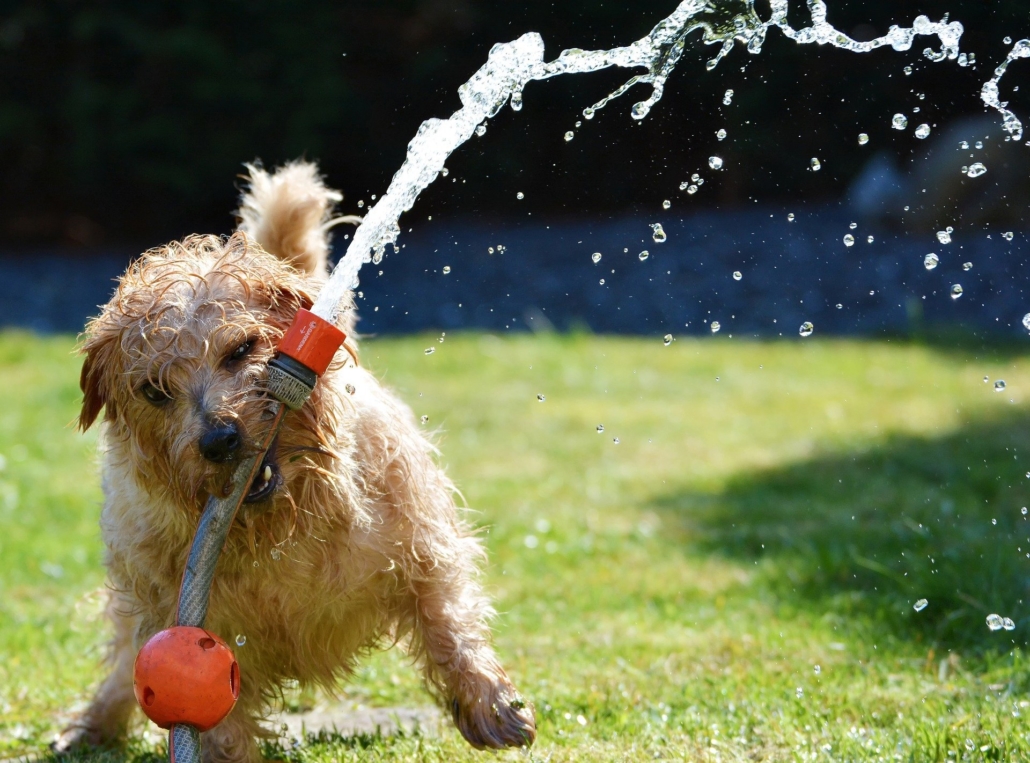As the weather begins to warm, a host of new potential challenges arise for dog owners. While you and your canine may be excited for more outside time, it is important that you are aware of the season-specific issues that can have a negative impact on your dog’s health and well-being.
Pests & Parasites
First things first: please take your dog to the veterinarian in the spring or early summer, especially if they aren’t on heartworm or flea and tick medication. Though it is a common misconception that these threats are only prevalent in the spring and summer, fleas and ticks are far more common in the warmer months of the year.
Fleas can actually survive in temperatures as low as the upper 30s. Once they find a host animal, their survival rate goes up in cooler temperatures. This means that they are a year-round threat in warmer parts of the country.
According to the American Heartworm Society (AHS), all dogs should get tested annually for heartworms. Early detection is vital according to veterinary parasitologist Dr. Patricia Payne. She explains, “Heartworm is a devastating disease. It is preventable and can be treated in dogs, but early detection is essential.†Year-round medication is still necessary for total prevention.

Overheating & Dehydration
Exposure to the high temperatures of spring and summer can lead to serious health problems for dogs. Heatstroke and dehydration are both extremely dangerous. Most canines do not tolerate high temperatures like humans do, and certain breeds are even more susceptible to the heat. Malamutes, Huskies, Chows, and many high-energy or flat-faced dogs are more at-risk than other breeds.
Never leave your dog out in the heat for too long. If you do take long walks or trips to the park, make sure to have plenty of water readily available so that your pup doesn’t overheat or become dehydrated. While it should go without saying, never leave your friend alone in a car during extreme heat.

Heat Damage on Paws
One damaging mistake that some dog owners make is walking their companions on hot sidewalks or asphalt. Remember, your canine friend doesn’t wear shoes, so he doesn’t have the same protection from extreme temperatures. It’s a good idea to inspect these surfaces by placing your bare hand on them for a moment. If it’s too hot for you, it’s too hot for your pup.
Something to keep in mind is that the early afternoon is usually the worst. With the sun beating down, the temperature of asphalt and concrete can raise up to triple digits. This can cause serious damage to your dog’s paws, including the possibility of second-degree burns.
Your dog depends on you for love and protection. It is important that you recognize that the changing seasons always bring a slew of new potential dangers.

